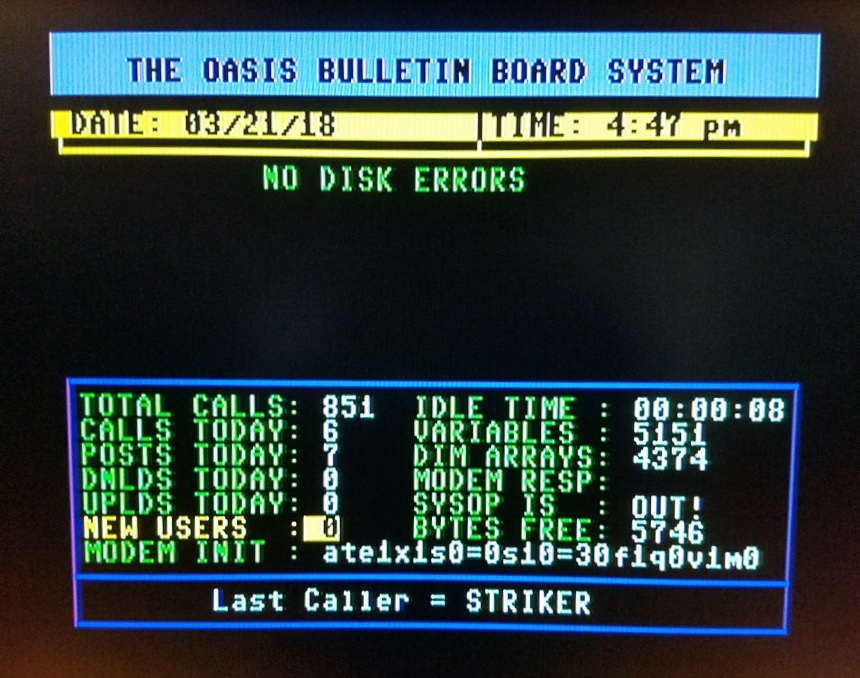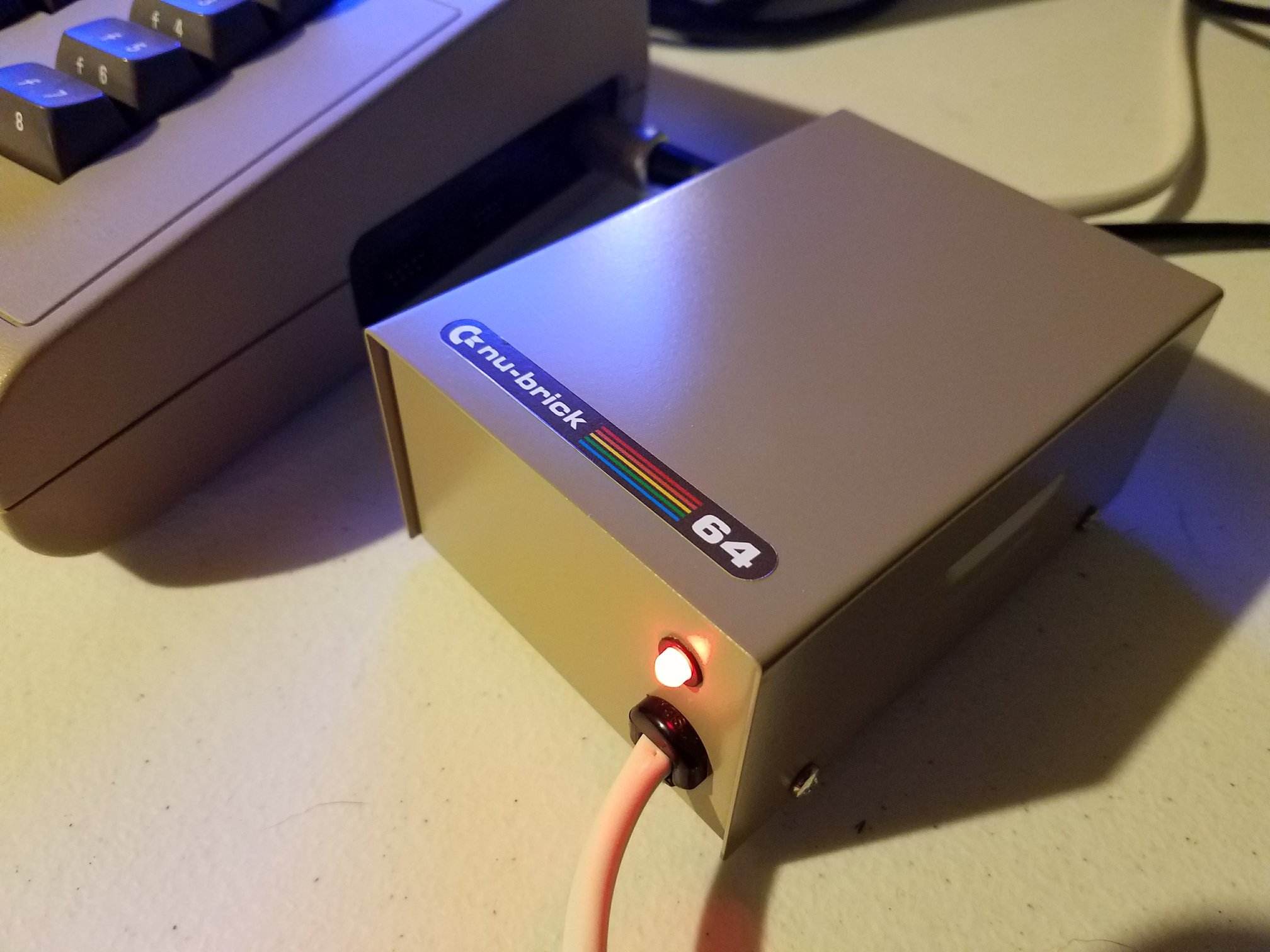The Connomore64 C64 emulator is a hardware project that defies convention. Hobbyist developer c1570 used a cluster of RP2040 and RP2350 microcontrollers—each costing under €1—to recreate the Commodore 64 with cycle-exact timing and original hardware support. Unlike typical software emulators or expensive FPGAs, this setup aims to keep things affordable, hackable, and highly accurate.
Built with Parallel Microcontrollers
At its core, Connomore64 breaks the Commodore 64 down into virtual “chips,” each assigned to a dedicated microcontroller. These work together through a multiplexed 8-bit bus running around 8 MHz. The system outputs video and audio through HDMI and provides microsecond-level timing accuracy. It even works with real C1541 disk drives, fastloaders like JiffyDOS, and userport accessories such as the WiC64.
Why Not Just Use Software Emulators?
Traditional PC emulators like VICE and BMC achieve solid compatibility, but they fall short when precise timing is required. That makes them unsuitable for connecting real floppy drives or other legacy peripherals. FPGAs offer better timing but bring extra costs, complex toolchains, and limited flexibility. Connomore64 offers a middle ground—accurate emulation using cheap, programmable microcontrollers.
C64 Emulation Code and Graphics Handling
The system uses a fork of Andre Weissflog’s “chips” library. Key enhancements include:
- Optimized VIC-II emulation and faster CIA timing
- Rewritten bitmap and text rendering via DMA and PIO
- Accurate sprite rendering outside active display time
- Correct handling of VSP and AGSP effects
- Lookup tables replacing slower logic for performance boosts
Visual and Audio Output
Video is handled using the PicoDVI library by Luke Wren, offering clean HDMI output. For audio, the project integrates SIDKick Pico firmware with the reSID engine, ensuring faithful SID sound reproduction.
Prototype Hardware: Breadbox v0
The prototype fits into an original C64 case. It features:
- Working IEC, userport, and joystick ports
- HDMI and audio jack
- Support for Magic Desk cartridges (in progress)
This version offers full access to standard C64 ports, and future revisions may shrink the design into a sub-€20 custom PCB.
Current Features and Limitations
The emulator runs nearly all popular C64 titles smoothly—Turrican, Katakis, Bubble Bobble, and many demos perform well. Fastloaders and userport devices function correctly. However, only half of each CPU cycle is currently emulated. That limits compatibility with certain expansion port cartridges. Work is still underway on supporting Phi signals and improving expansion firmware.
From Holiday Project to Working Prototype
This all started as a holiday challenge during Christmas 2022. The idea was to port an emulator to the RP2040 and experiment with its programmable I/O (PIO). When one core proved insufficient, the solution became: use more chips. Connomore64 grew from that one question into a working multi-core emulation platform.








